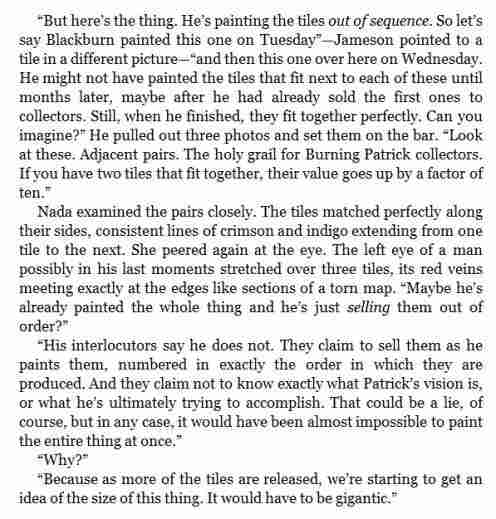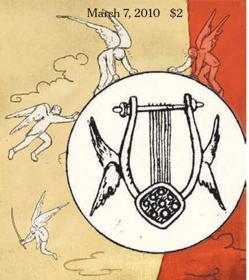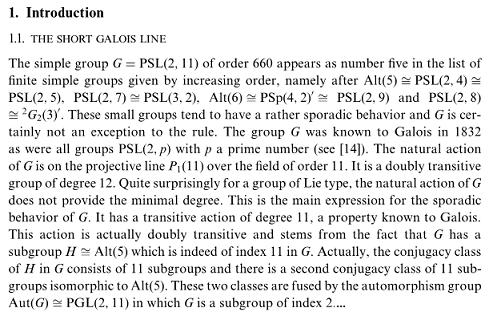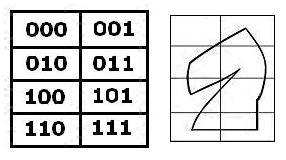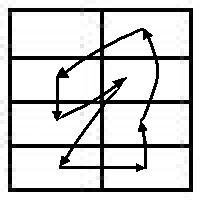4:04:08
The title refers to my entry of last April 4,
The Eight,
and to the time of this entry.
From D. H. Lawrence and the Dialogical Principle:
“Plato’s Dialogues…are queer little novels….[I]t was the greatest pity in the world, when philosophy and fiction got split. They used to be one, right from the days of myth. Then they went and parted, like a nagging married couple, with Aristotle and Thomas Aquinas and that beastly Kant. So the novel went sloppy, and philosophy went abstract-dry. The two should come together again, in the novel.”
— pp. 154-5 in D. H. Lawrence, “The Future of the Novel,” in Study of Thomas Hardy and Other Essays. Ed. Bruce Steele. Cambridge: Cambridge University Press,1983. 149-55.
“The wild, brilliant, alert head of St. Mawr seemed to look at her out of another world… the large, brilliant eyes of that horse looked at her with demonish question…. ‘Meet him half way,’ Lewis [the groom] said. But halfway across from our human world to that terrific equine twilight was not a small step.”
— pp. 30, 35 in D. H. Lawrence, “St. Mawr.” 1925. St. Mawr and Other Stories. Ed. Brian Finney. Cambridge: Cambridge University Press, 1983.
See also
Plato, Pegasus, and the Evening Star.
Katherine Neville’s novel The Eight, referred to in my note of April 4, is an excellent example of how not to combine philosophy with fiction. Lest this be thought too harsh, let me say that the New Testament offers a similarly ludicrous mixture.
On the other hand, there do exist successful combinations of philosophy with fiction… For example, The Glass Bead Game, Zen and The Art of Motorcycle Maintenance, Under the Volcano, the novels of Charles Williams, and the C. S. Lewis classic That Hideous Strength.
This entry was prompted by the appearance of the god Pan in my entry on this date last year, by Hugh Grant’s comedic encounters with Pan in “Sirens,” by Lawrence’s remarks on Pan in “St. Mawr,” and by the classic film “Picnic at Hanging Rock.”




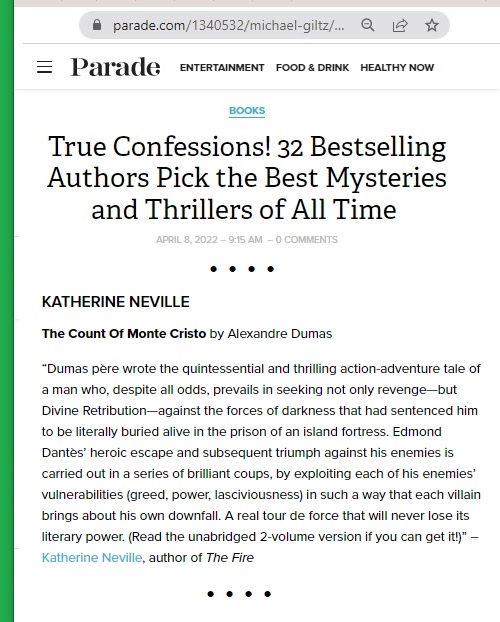













-actions-500w.jpg)














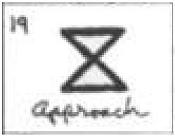


















 .
.





